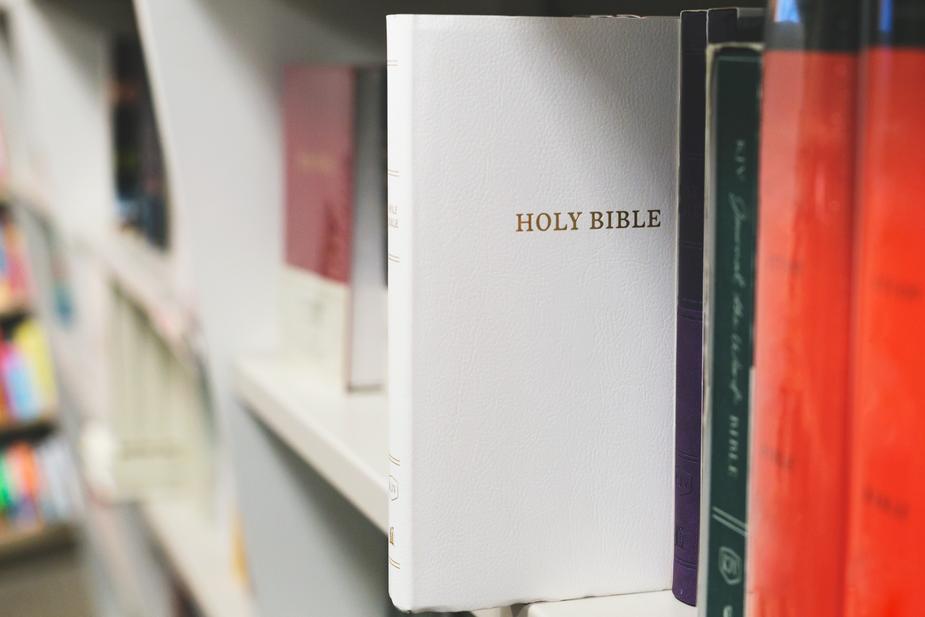What tests are done on pleural fluid?
The gross appearance of the pleural fluid should always be noted. Other tests that routinely should be obtained on exudative pleural fluids are Gram stain and cultures, cell counts and differential, glucose, amylase, lactic acid dehydrogenase, cytology, and a marker for tuberculous pleuritis.
What are the two most common bacteria seen in pleural effusions?
The most common bacterial causes of pleural empyema in immunocompetent adults in the community acquired setting include Streptococcus milleri group, Streptococcus pneumoniae, and Staphylococcus aureus.
How is pleural fluid sample collected?
A needle is placed through the skin and muscles of the chest wall into the pleural space. As fluid drains into a collection bottle, you may cough a bit. This is because your lung reexpands to fill the space where fluid had been. This sensation lasts for a few hours after the test.
What is fluid culture test?
Pleural fluid culture is a test that examines a sample of fluid that has collected in the pleural space to see if you have an infection or understand the cause of buildup of fluid in this space. The pleural space is the area between the lining of the outside of the lungs (pleura) and the wall of the chest.
What is pleural cytology?
Definition. A cytology exam of pleural fluid is a laboratory test to detect cancer cells and certain other cells in the area that surrounds the lungs. This area is called the pleural space. Cytology means the study of cells.
Which antibiotic is best for pleural effusion?
As such empiric antibiotic choice should cover common community-acquired bacterial pathogens and anaerobic bacteria (45). Penicillins, penicillins with beta-lactamase inhibitors, cephalosporins, and fluoroquinolones all have good penetration of the pleural space (44-50).
What does pleural fluid indicate?
A pleural fluid analysis is used to find the cause of pleural effusion. There are two main types of pleural effusion: Transudate, which happens when there is an imbalance of pressure in certain blood vessels. This causes extra fluid to leak into the pleural space.
What is the significance of pleural fluid?
Pleural fluid is a liquid that is located between the layers of the pleura. The pleura is a two-layer membrane that covers the lungs and lines the chest cavity. Pleural fluid keeps the pleura moist and reduces friction between the membranes when you breathe.
How long does a fluid culture take?
The procedure usually lasts less than 1 to 2 minutes.
What is the importance of pleural fluid?
Abstract. Lung cancer is one of the leading causes of cancer-related death worldwide.
What is fluid culture?
Pleural fluid culture is a test that examines a sample of fluid that has collected in the pleural space to see if you have an infection or understand the cause of buildup of fluid in this space. The pleural space is the area between the lining of the outside of the lungs (pleura) and the wall of the chest.
What is the normal amount of pleural fluid?
Normally, 10 to 20 mL of pleural fluid, similar in composition to plasma but lower in protein (1.5 g/dL [ 15 g/L]), is spread thinly over visceral and parietal pleurae, facilitating movement between the lungs and chest wall. The fluid enters the pleural space from systemic capillaries in the parietal pleurae and exits via parietal pleural stomas and lymphatics.
How much pleural fluid should be sent for cytology?
If effusions are tapped at other times they may be stored in the refrigerator for up to 48 hours without damage to cellular morphology. Cytological analysis requires at least 10ml of fluid and preferably the maximum volume available – up to 2 litres.

